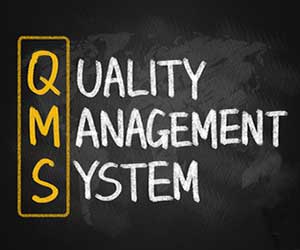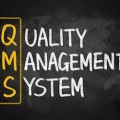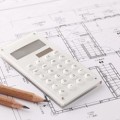
Human nature tends toward the familiar.
We stick to what we know, and in project management, that often means recycling the same old approaches—safe, predictable, but not always the best. Most projects shy away from out-of-the-box thinking, prioritizing comfort over innovation, even when costs balloon or efficiency lags.
Existing processes and bureaucracies would rather absorb the added costs than take risks by embracing an innovative solution.
In most industries, standard methods of problem solving have been developed. For example, if you want to build a road from point A to point B and there’s a stream in between, you build a standard type of bridge.
That’s where value engineering flips the script. It’s a systematic way to rethink design and processes, maximizing value without sacrificing quality. In this post, we’ll dive into how value engineering breaks the mold, challenging teams to step beyond the usual and deliver smarter, leaner solutions that traditional methods often miss.
What is Value Engineering?
Value engineering is a systematic method to improve the “value” of a product or service that the project produces. It is an integral component of project quality. Value is defined as containing two components, function and cost:
Value = Function / Cost
- Function: a measure of the the performance capabilities of the product, service, or project. A function might be to “achieve traffic flow across the river.” In practice value engineers look at many different functions that the bridge serves, like accommodating floods, passengers, bicycles, endangered turtles, emergency vehicles, the sun on the horizon, and anything else that serves in a functionary capacity.
- Cost: The resources required to achieve the function. This can include materials, tools, price, time, or anything that is required to achieve the functional specifications.
Clearly, project value is increased when the function is increased, the cost is decreased, or both. Alternatively, the function and cost could both be increased or decreased, as long as the cost becomes proportionately less to the function, the value will increase.
How it Works
Value engineering most often takes place after a design (functional or detailed) has taken place, although it can be performed before design as well. A value analysis is undertaken whereby practitioners or subject matter experts gather together to perform the value methodology. The standard job plan consists of 6 phases:
- Information. Gathering project information and understanding its primary goals.
- Function Analysis. Identifying the functions of the product or project, and describing them with verb/noun pairs, for example, “Preserve wildlife habitat.”
- Creative. Generating alternative solutions which accomplish the intended functions but add value.
- Evaluation. Reduce the ideas to a short list that can be implemented.
- Development. Develop the alternatives into viable, actionable plans.
- Presentation. Present the results to management or other stakeholders.
Verb/Noun Pairs
During the Function Analysis phase, the practitioners develop verb/noun pairs to describe the functions and how they are related. For example, a hammer’s function is to apply force.
There are two types of functions:
- Primary functions cannot be compromised. A bridge’s primary function is carry traffic across a river.
- Secondary functions are optional and provide convenience or dependability to the user. A bridge’s secondary function might be aesthetics.
As described above, the functions of a new bridge might be:
- Accommodate 50,000 vehicles/day (primary).
- Convey 1:100 year flood (primary).
- Appease landowners.
- Preserve wildlife habitat.
- Pass fish.
- Look good.
- Last long.
A real life example
When a major pedestrian bridge was built in my home town several years ago, the value engineering session took place after the detailed design of the bridge was complete. The value analysis altered two features of the design:
- It was designed to have enough width for emergency vehicles.
- It was designed straight (a straight bridge).
Both of these design features are standard stuff for the engineers designing these types of bridges, hence there was little “out of the box” thinking in the original design. But after the value engineering group met with the local emergency services they decided that emergency vehicle access was not necessary. And after consulting with the public, it was determined that a curved, aesthetic bridge was in the best interests of the public in this location instead of a straight bridge (it was alongside a freeway crossing). The design changes were significant, but the end result cost taxpayers several million dollars less while providing a better product. The owner’s value engineering team paid for itself many times over on that project.
On your projects
You don’t need to be an expert in value engineering to use its concepts to improve your projects.
- Why not take the time at various stages during the design phase to brainstorm the functions the project serves? What are the verb/noun pairs that describe the functions? The primary functions will be obvious (the reasons for the project’s existence) but what are the secondary ones?
- Value engineering sessions take a step back and look at the project from a functional perspective rather than how it’s originally conceived. Projects tend to be initiated based on linear, generic thinking that does not consider the secondary functions. The project manager, or members of the project team, can certainly do the same thing at any time. Particularly during the design phase, when innovation can save money, increase quality, or just score valuable brownie points, it could just be that simple.
For further reading make sure you start with SAVE International, which promotes value engineering throughout the world as well as offering certifications.
Value engineering can be used at any time, on any project, to encourage “out of the box” thinking. Hence, everyone should be familiar with value engineering techniques to improve their project delivery. What is your experience with value engineering? I’d love to hear about them in the comments section below.












Leave a Reply